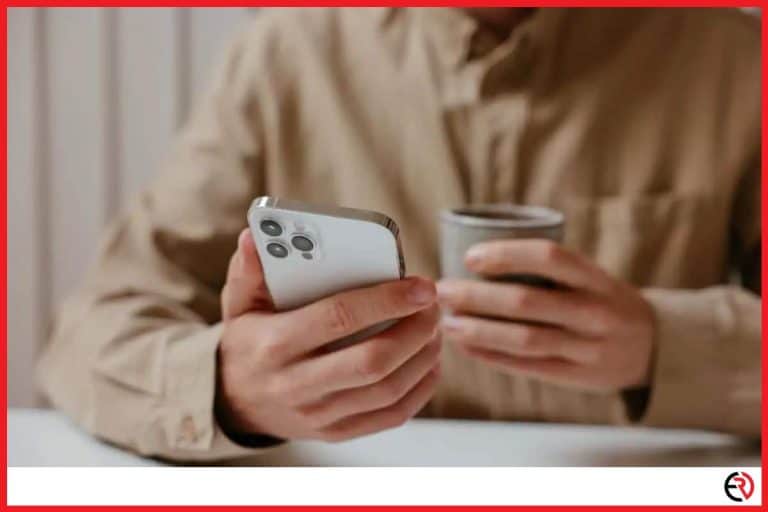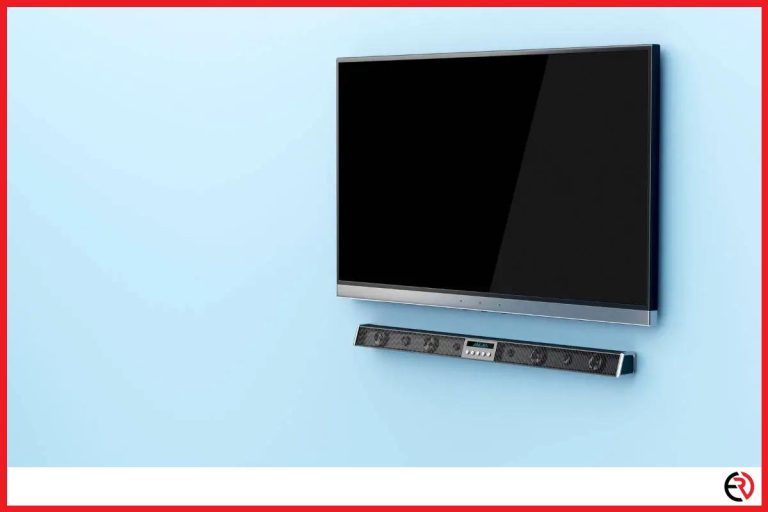Why Your HDMI Cable Keeps Cutting Out (With Fixes)
This post may contain affiliate links which means that, if you choose to make a purchase, I may earn a small commission at no extra cost to you.
I have a box for cables. It has all my balanced and unbalanced audio cables along with a bunch of HDMI cables. Some of the HDMI cables are very old and sometimes keep losing the signal. The video and audio keep dropping out. Sometimes it’s due to a faulty cable and sometimes it’s for some other reason.
If your HDMI cable keeps cutting out, the problem may lie at any part of the system. It may be due to a faulty cable, codec problem, loose connection, or hardware issue. Fortunately, troubleshooting the problem is very easy.
Let’s dive deeper into the problems and check out how you can solve them.
HDMI Handshake
HDMI signals are encrypted with HDCP encryption. That’s why all HDMI devices need to be licensed. Authorized devices are licensed and have the technology to decrypt the HDMI signal. This allows devices with the HDMI interface to communicate with each other. That includes everything from monitors and TVs to consoles, computers, and receivers.
HDMI devices recognize and communicate with each other in this way and unofficially this activity is known as the “HDMI handshake”. However, sometimes there are problems with the HDMI handshake. When that happens the signal may not be recognized by one or more devices and you would have audio or video dropouts or you may not get any signal.
HDMI handshake problems are rare. However, they can be an issue when you have too many devices in the chain. For instance, when I want to watch movies on the projector, I have to run a long connection from my source device to the projector and then the receiver.
Apart from having several devices in the chain, HDCP problems can also happen when all your devices are powered on 24×7. My TV is always connected to the Roku TV and it’s a power-off display. The problem occurs(rarely) when I turn on the TV again and it tries to renegotiate the HDMI handshake. HDMI handshake issues also occur when there is a loose connection.
Fixing HDMI handshake issues
While HDMI handshake issues are rare, they do happen out of the blue without any warning. Fortunately, fixing the problem is simple.
Check the connection
As mentioned above, HDMI handshake issues may occur when you have a loose connection. Even if the connection looks secure, check that the cable doesn’t have sharp bends and the cable isn’t making the HDMI port bend. Thick HDMI cables are heavy and they shouldn’t hang off the HDMI port. Make sure to fasten the cable to the wall or the desk or any solid structure to avoid damaging the port.
Try a different power-up sequence
Powering up in a different sequence can also help with HDMI handshake issues. Try this power-up sequence:
- Power off all your gear by flicking the switch on the wall instead of using your remote.
- Ensure all your gear including the source device, TV, switches, and other gear in the link are connected securely.
- Wait for half a minute and start turning on the system starting at the source.
- Turn on your secondary devices and finally turn on the TV and other output devices.
- Turning on your system with a different power-up sequence can help resolve HDMI handshake issues.
Try a different port
Connecting with different ports can also help renegotiate and resolve HDMI handshake problems. If you’re connected to the HDMI 1 port on your TV, try connecting to the HDMI 2 or HDMI 3 port and then go back to the HDMI 1 port. When you switch to a different port, wait and observe for dropouts for a few seconds. If it isn’t resolved move to the next port and repeat this process till you cover all the ports.
Check the Resolution
If you have a fairly recent Blu-Ray player, media streamer, and a TV, then you shouldn’t have any problem with playing any resolution on the TV. For instance, I recently got a small 1440p TV for the kitchen. It helps with cooking when I’m trying a new Youtube recipe. I can easily play 1080p, 1440p, and 2160p or 4K content on the TV. The TV simply downscales or upscales the content to fit the native resolution.
However, if you have an old TV you may run into a problem with the HDMI handshake. Playing a 4K video or a Full HD TV may create pixel jitters or connection problems where there’s no signal. In such cases, you may need to reset the source device or play a different file with the appropriate resolution to fix the issue.
Look for firmware updates
HDCP issues may also occur due to a software bug. In such cases, you may need to update the firmware of your devices. I had to suffer through this problem recently with my LG G1 TV and updating the firmware fixed the issue.
Here’s how you can update the firmware of your TV:
- Long press the Settings button on the remote.
- Go down to Support and navigate to Software Update.
- You can also hold down the voice control button on the remote and say “Software Update” to open the option.
- Next, go down and select Check for Updates. If there’s a new update, you’ll be shown an option for Download and Install. Select that and let the TV update its firmware. If the HDMI was cut out due to software-related HDCP bugs, it should have been fixed.
- Several manufacturers have menu layout and update settings. You may need to refer to the owner’s manual to update your TV. You can also update the firmware on other devices.
You have an old cable or an active HDMI cable
If you have an HDMI cable that’s more than 5 years old, you may run into some problems. Old HDMI cables have lower bandwidth that may not be enough for supporting modern content. Before 2017, there were no Ultra High-Speed HDMI cables with a bandwidth of 48Gbps. However, 4K TVs and 4K content with HDR and High Fidelity audio have become the norm.
There are also active HDMI cables that have signal booster chips on both ends. The chips boost the HDMI signal so that you can use a long HDMI cable measuring tens of feet without any issues. However, this technology isn’t perfect. People have both good and bad things to say about it since it works for some people and becomes a massive headache for others. Your HDMI cable may be cut out if you’re in the same group of unfortunate people.
Old HDMI cables have a bandwidth of 18Gbps at best and active HDMI cables are unreliable. The limited bandwidth may not be enough for very high-quality content. When that happens the signal may cut out at times. You can fix this issue by upgrading to a new HDMI cable.
Change faulty hardware or cable
Electronic hardware gets damaged over time and may turn out faulty due to a manufacturing defect. This includes your TV, console, receiver, Blu-Ray player, and more. The same holds for your HDMI cable. The pins on the connector may get corroded or there may be a wiring problem.
In such cases, you need to check the HDMI cable with other hardware and do the same the other way around. Find the faulty hardware and change it to fix the issue.
Conclusion
I get very annoyed with signal dropouts and other such issues while watching a movie or TV show. It completely ruins the immersion and pulls me out of the story. I hope this article was able to solve your problem.







